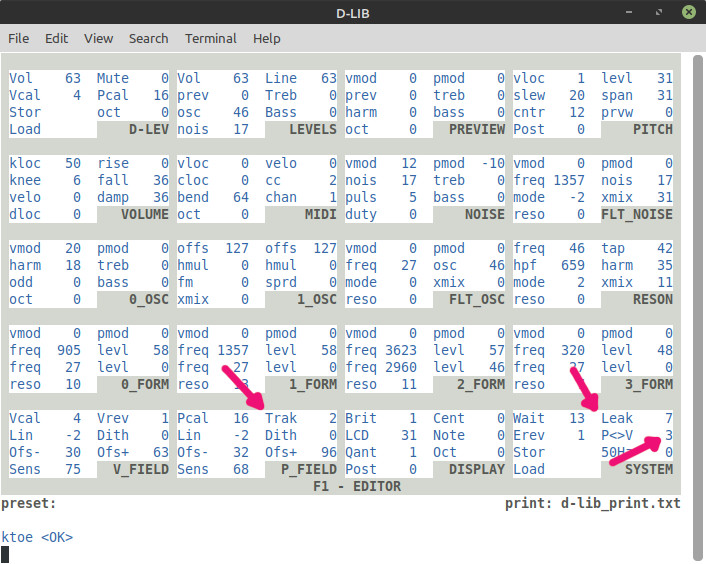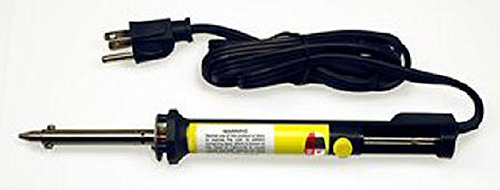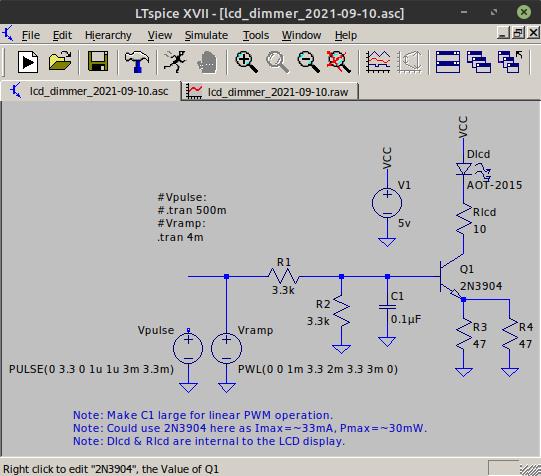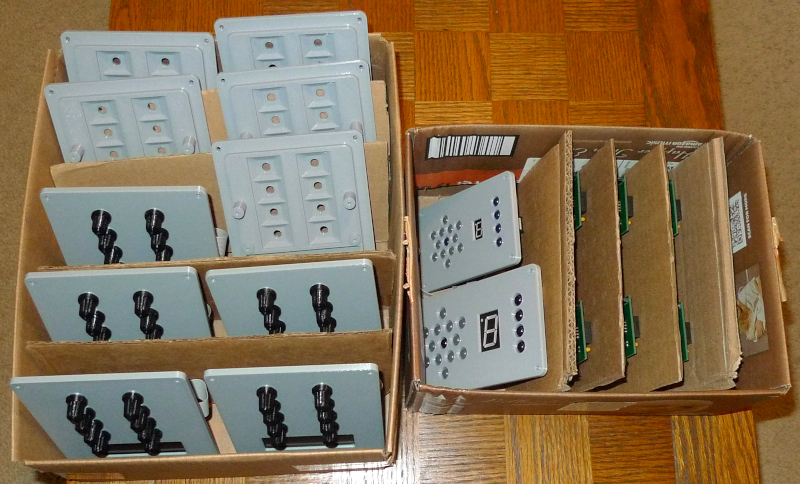Nearer My Plate To Thee
I've been doing video show-and-tell chats with the D-Lev kit buyers, and during the course of the meetings I find myself beating these uniformly wonderful and interesting people over the head with "the plate spiel". To me, plates are integral to the design because they have many engineering and playability advantages over rods. I think I'm probably coming on too strong when advocating for them, but I feel it has to be done and there is no one else to do it. Of course, the kits are for folks to experiment with however they like, which should be really interesting to see. But, just so no one feels left out, let me subject the good folks here at TW to "the plate spiel" too! ;-)
First, a tiny bit of physics. Theremins work by detecting the capacitance between the hand and the antenna. Capacitance is a function of two things: 1) the area of the plates, and 2) the distance between them. Increasing the area increases the capacitance, decreasing the distance between them also increases the capacitance.
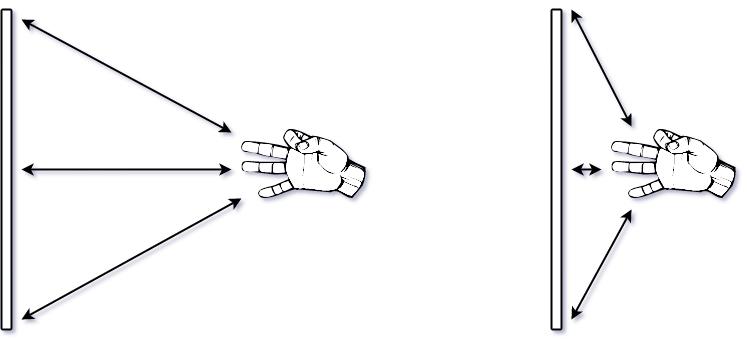
Rod antennas make a lot of sense on analog Theremins because the near field is so compressed and non-linear. When the hand is far away it's interacting with the entire rod, and as the hand approaches it interacts with less and less of the rod, which helps somewhat to relieve the tightness near the antenna. But, because rods have rather low surface area, they aren't a great engineering fit for digital Theremins because they don't form the best possible capacitor with the area of the hand.
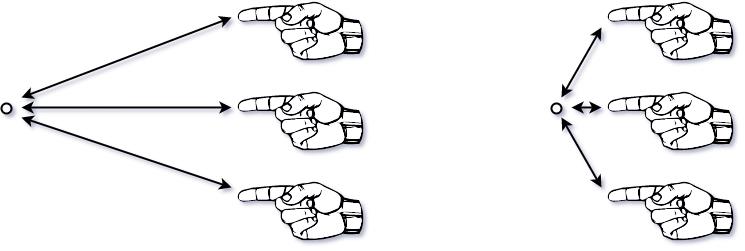
Rod antennas also have a "targeting problem" in the horizontal plane. The closer you get to the rod, the more precisely you must position your hand horizontally to address the antenna. Some players utilize this and play slightly off to one side of the rod in the near field to help linearize it. Some players likely alter their fingering techniques depending on how close they are to the antenna.

Plates form a more ideal capacitor with the hand, both in the far field and the near field. Because a digital Theremin can linearize the near field to match the mid and far fields, players can use the same fingering techniques anywhere.

A plate is a much softer horizontal target; correct targeting in the near field is greatly eased due to the width of the plate. Though of course vertical targeting is somewhat reduced over that of a long rod, but vertical alignment is generally about as easy to maintain as horizontal alignment, so this isn't a terribly significant issue.
Due to the tightness and the targeting issues, I imagine a lot of analog rod players simply avoid the near field whenever possible. This is unfortunate in the extreme because the near field is the best possible playing position! When the hand is near the antenna its capacitive signal is quite large, swamping the otherwise confounding environmental and body capacitance. Playing a Theremin from a distance looks impressive as all getout, but it becomes exponentially more difficult to control once the hand leaves the antenna and nears the body, where body position and movements start to dominate the total capacitance. So as a player you should want to play as close to the antenna as possible, and the field linearity and antenna geometry should accommodate you as much as possible here.
In conclusion: a digital Theremin with a rod has targeting issues and doesn't form an ideal capacitor with the hand. A digital Theremin with a plate has none of these issues, and so it allows you to use the same fingering techniques everywhere, including the exceedingly desirable near field "sweet spot".
On Plate Antenna Geometry
One might think a round plate would be the ideal shape for a plate, but I don't believe this to be true. With a round plate if you are off center vertically then the horizontal target width is reduced, and vice-versa. A rectangular or square plate doesn't have this interaction, and is therefore superior.
I also think the difficulties in vertical and horizontal targeting precision for the player are roughly equivalent, which means we should use a square plate. To get roughly the same surface area as the hand, the plate should be somewhere around 150mm on a side.
To increase far field capacitive interaction, we can extend two opposite, or all four, sides of the square plate back in space away from the player, forming a U or open back box type 3D shape:

I'm currently using the U type shapes in my lab unit, formed out of heavy aluminum foil:
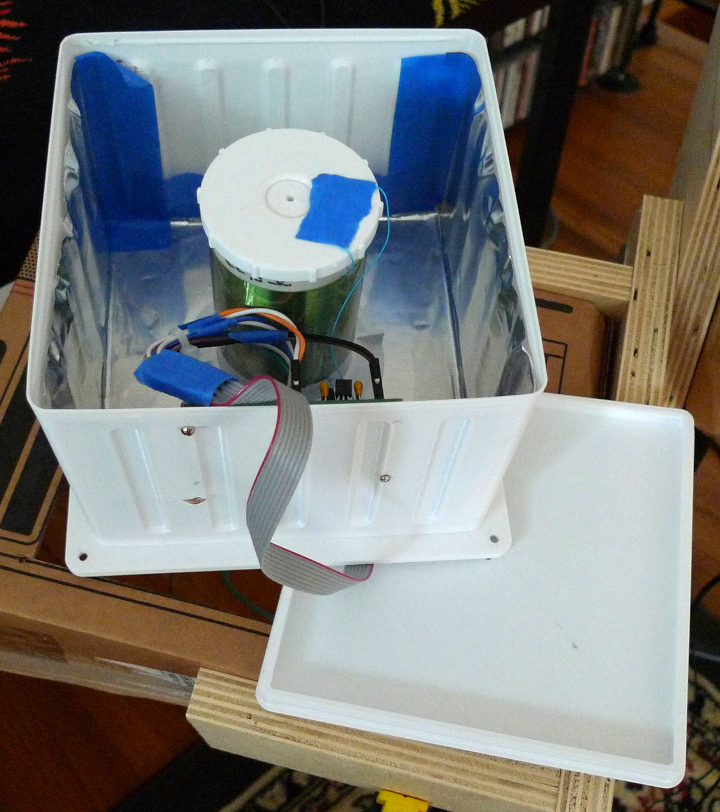
The above is a rear view with the back removed. The foil covers the front and goes up the left and right sides. The coil is smack dab in the middle.


